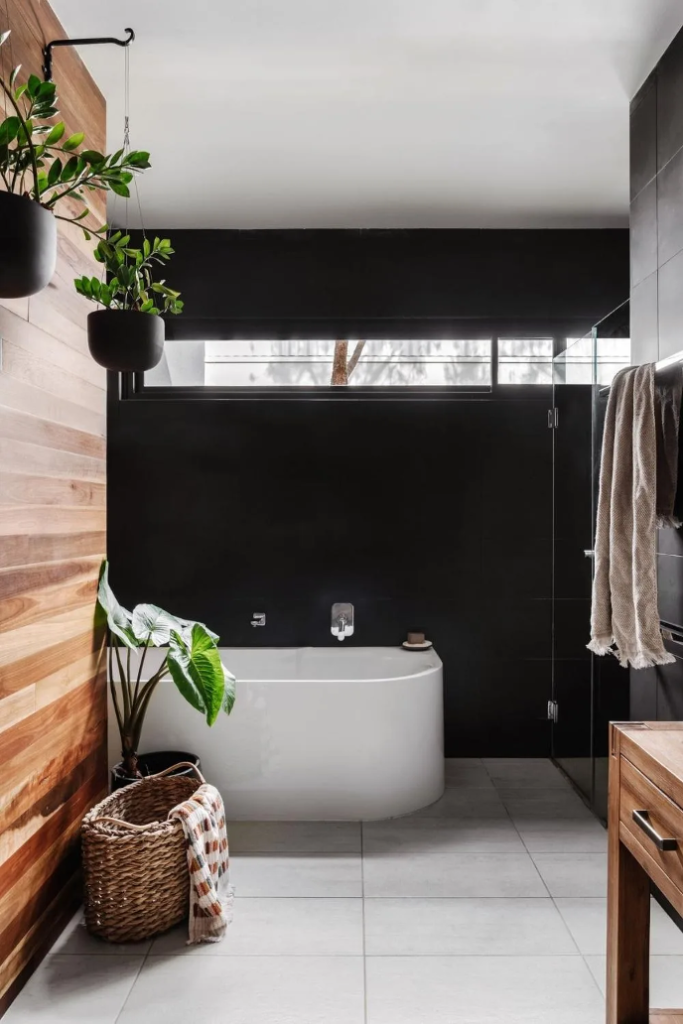Estimated reading time: 6 minutes

Winter can be harsh for indoor plants, especially for garden enthusiasts who treasure their greenery as part of their serene lakeside retreat. But a few essential plant care tips can help your greenery stay healthy and beautiful all season long. Winter brings shorter days and cooler temperatures that challenge the survival of indoor plants. Ensuring your plant life thrives during this time requires a few strategic adjustments to meet their needs. Reduced sunlight, cooler temperatures, and drier indoor air conditions can task even the most resilient houseplants. Adjusting care routines and selecting the right plants can help create a thriving indoor oasis to brighten your lake home during the colder months.
Sunlight Needs

During winter, natural light is limited, and the sun’s angle is lower, resulting in fewer hours of direct sunlight indoors. Position your plants near south- or east-facing windows to maximize exposure to the weaker winter rays. Clean your windows regularly and dust your plant leaves to ensure no barriers block sunlight absorption.
Consider adding grow lights to your setup if you notice your plants leaning toward light sources or their growth slowing significantly. LED grow lights are energy-efficient and designed to emit light in spectrums that encourage photosynthesis. They are beneficial for homes with small windows or cloudy winter climates. Position the grow lights six to twelve inches above the plants, following the manufacturer’s recommendations to avoid overheating the foliage.
Watering Requirements & Tips

Overwatering is one of the most common mistakes in winter plant care. As temperatures drop and plants enter their dormant phase, they require less water. Check the soil before watering—only water when the top inch of soil feels dry. Use room-temperature water to avoid shocking the roots.
Pay attention to humidity, as indoor heating systems can dry the air. Grouping plants together, placing water trays with pebbles beneath pots, or using a small humidifier can help maintain optimal moisture levels. Avoid letting plants sit in standing water, as this can lead to root rot. Plants like cacti and succulents, which naturally prefer dry conditions, may only need watering once a month in winter.
Ideal Temperatures

Houseplants thrive in stable indoor temperatures, typically between 65°F and 75°F. Sudden fluctuations caused by drafts, open doors, or proximity to heat sources can stress plants. Avoid placing plants near exterior doors, radiators, or heating vents.
For those with a fireplace in their lake home, position plants safely away from the heat to prevent foliage from drying out. Maintaining consistent conditions mimics the stable environment plants experience in their natural habitats.
Fertilizing Tips

Most houseplants don’t require frequent fertilizing during winter, as their growth slows. Applying fertilizer during this dormant period can lead to salt buildup in the soil, potentially damaging the plant. However, if you notice signs of nutrient deficiency—like yellowing leaves—apply a diluted liquid fertilizer sparingly, no more than once every six to eight weeks. For blooming indoor plants such as peace lilies or orchids, consider a fertilizer tailored for flowering species. These formulas contain higher levels of phosphorus, which encourages blooms. Always follow the label instructions and use less rather than more when in doubt.
If you are an experienced gardener and DIY-er, you can make a homemade version of Miracle-Gro fertilizer with safe household ingredients. For more tips on fertilizing, visit Good Earth Plant Company.
Customizing Your Plant Aesthetic

Indoor plants are beneficial for air quality and a key element of home decor, especially during winter when your lakeside property may feel a bit more subdued. Selecting the right plant shapes and container styles can transform your living spaces.
For a modern aesthetic, choose plants with clean lines and pair them with sleek ceramic or metallic pots in neutral tones. If you’re leaning toward a cozy, rustic vibe, consider trailing plants like pothos or philodendrons in woven baskets or terracotta containers.
Add bursts of color with flowering plants like anthuriums or African violets. You can also highlight seasonal cheer by choosing planters in seasonal hues or textures, such as frosted glass or wood finishes, that evoke the natural beauty of your lake property. Combining plants of varying heights and shapes creates a layered, dynamic display that can become a centerpiece in any room.
Popular Indoor Plant Varieties

Certain plant varieties are ideal for winter because they thrive in low light and require minimal upkeep. Consider adding these to your home:
- Snake Plant (Sansevieria): This hardy plant tolerates low light and infrequent watering, making it an excellent choice for busy lake homeowners. Its upright leaves add a sculptural element to your decor.
- ZZ Plant (Zamioculcas zamiifolia): Known for its glossy, waxy leaves, the ZZ plant is nearly indestructible. It survives well in dimly lit spaces and prefers soil to dry out completely between waterings.
- Pothos (Epipremnum aureum): A versatile trailing plant that thrives in indirect light, the pothos plant is forgiving if neglected and comes in several varieties with variegated or golden leaves.
- Peace Lily (Spathiphyllum): This low-maintenance plant adds greenery and purifies the air. It prefers moderate light but can survive in lower light settings.
- Cast Iron Plant (Aspidistra elatior): True to its name, this plant is highly resilient. It tolerates low light, drier air, and minimal watering, making it a favorite for winter.
Caring for indoor plants during winter is about creating a stable environment that mimics their natural conditions. By paying close attention to their sunlight, water, temperature, and nutrient needs and selecting the right varieties, you can maintain a thriving indoor garden that enhances the ambiance of your lake home. For more design inspiration, visit Lake Homes Lifestyles.

